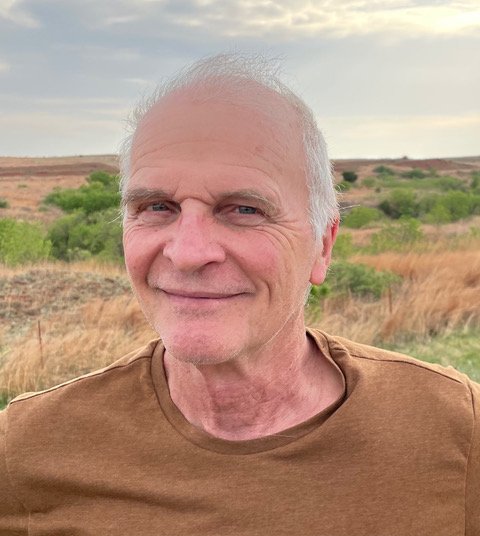About Fish Lake in the High Cascades: A Historic Legacy:
Nestled in the forests above the headwaters of Oregon's majestic McKenzie River, the Fish Lake historic site has countless stories to tell of the people who occupied the site for different purposes for hundreds of years. A new book, Fish Lake in the High Cascades: A Historic Legacy, documents this unique site in over 200 pages, featuring twelve chapters on the site’s history, filled with narratives told by people who have worked there, 175 color and historic photographs, and twenty-two maps. Primary authors are David Turner and Rolf Anderson.
Since its formation about 4,000 years ago after a volcanic eruption of Sand Mountain dammed Hackleman Creek, tribal people, particularly the Kalapuyan and Molallan, walked trails in the Fish Lake area as they harvested berries and supplies and hunted for food. The Native American trails, eventually used by settlers looking for a route across the central Cascade mountains, established a trail becoming the basis of the historic Santiam Wagon Road (SWR), a toll road for travelers and animal herders, active between 1867 and 1907, and later became the highway over Santiam Pass into Sisters and Bend. The most popular stop along the SWR was Fish Lake, where travelers could enjoy a hotel, store, saloon, barns, corrals, cabins, and tent sites.
Today, the Fish Lake site is accessible to the public through a day use parking area on Highway 126. Visitors walk through a version of a toll gate on the actual historic Santiam Wagon Road, towards the historic structures, built in three different periods: the 1920s Forest Service buildings, the 1930s Civilian Conservation Corps (CCC) buildings, a bunkhouse from the 1960s and an outdoor gathering pavilion built in 2018.
About the author:
Junction City-based author David Turner led four art museums in a 30-year career, returning to Eugene in 2003 as Director of the University of Oregon Museum of Art and was on faculty in the UO College of Design. He has published four books on local history, including topics about the Long Tom River and Eugene. He has lived in Eugene area twice, for a total of almost 30 years, and spends much time outdoors fishing, camping, and tending his 17 acre property.


